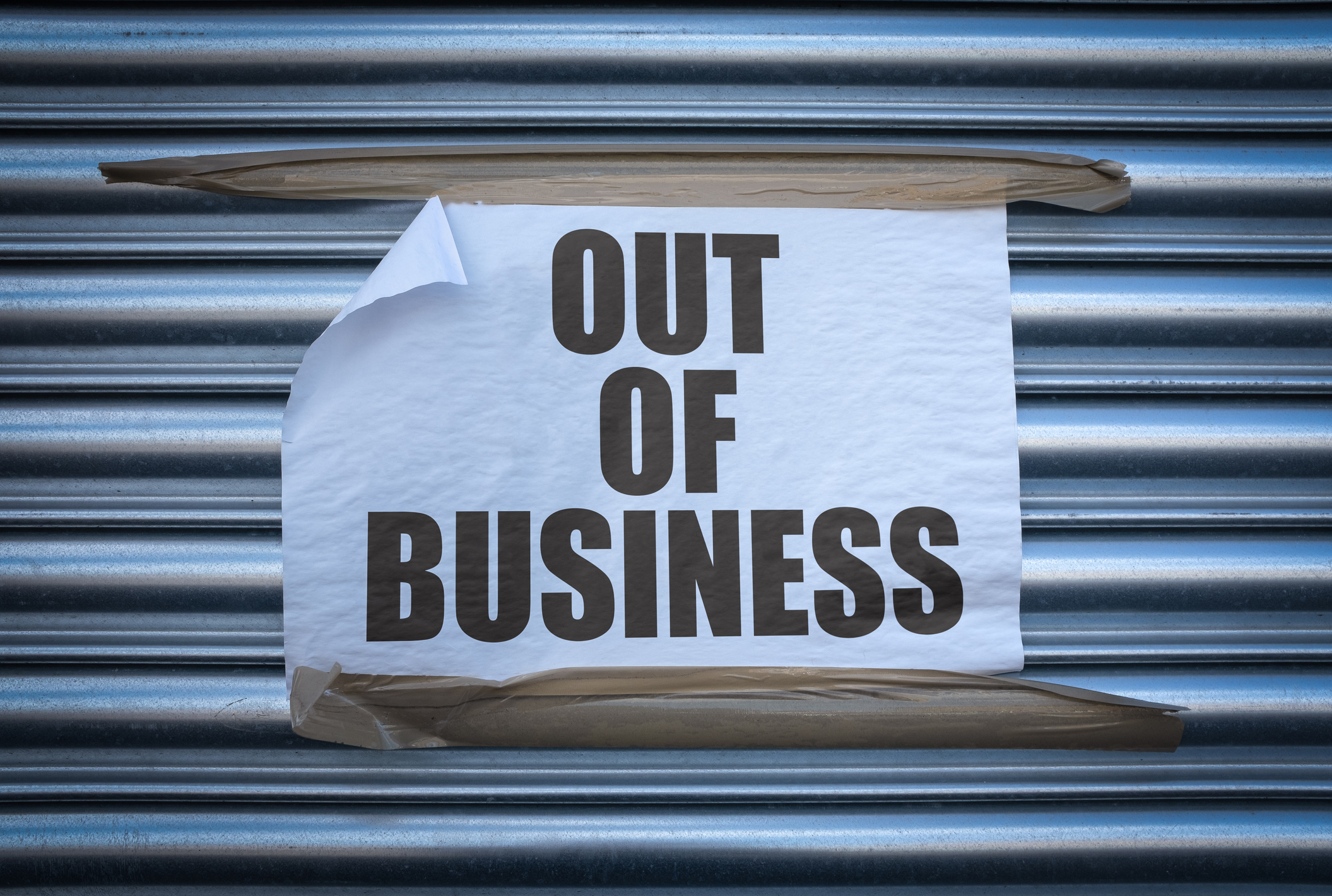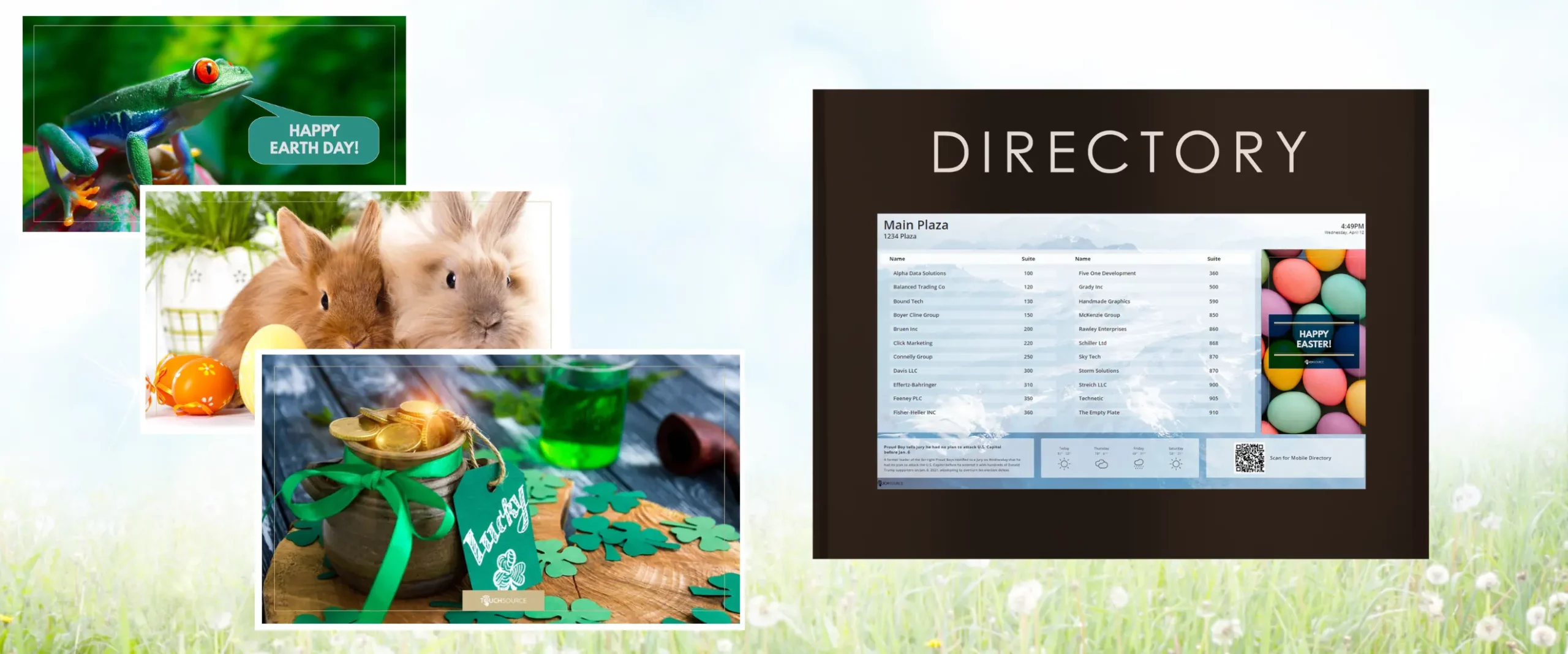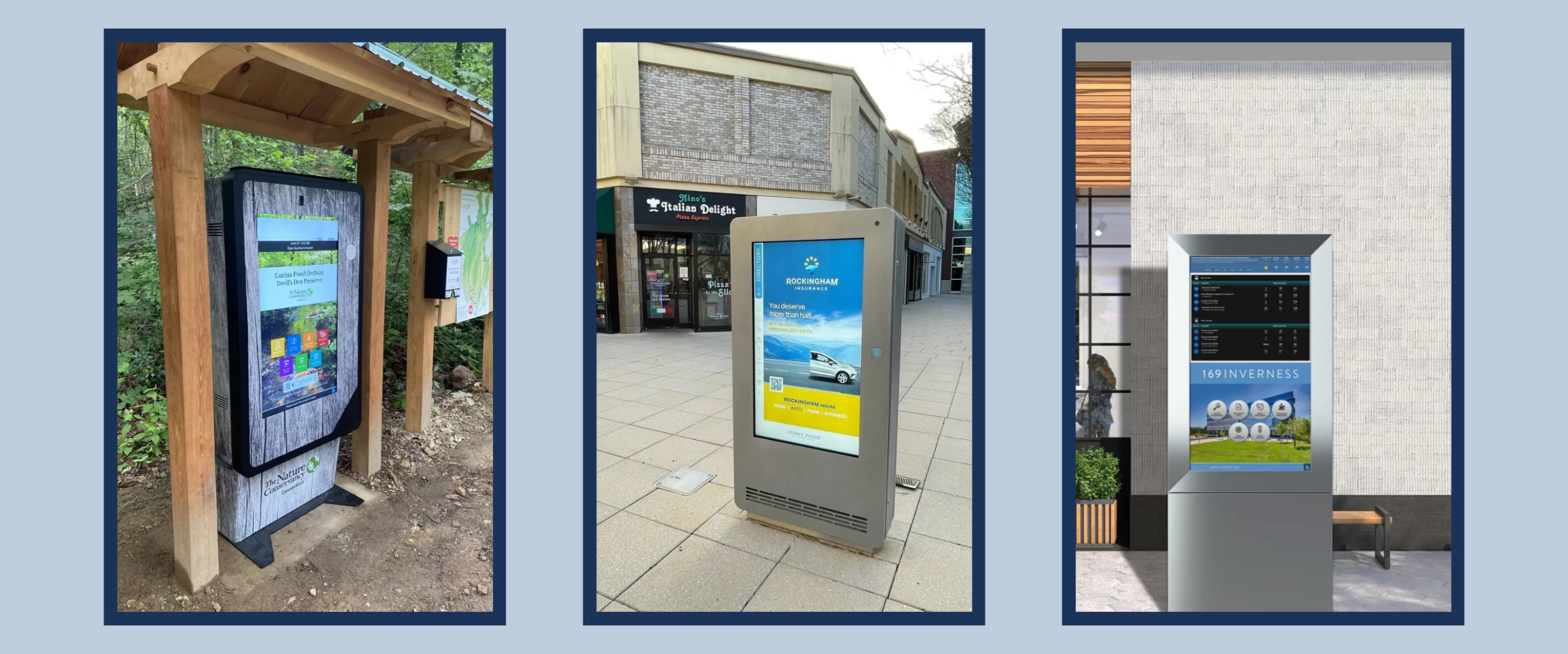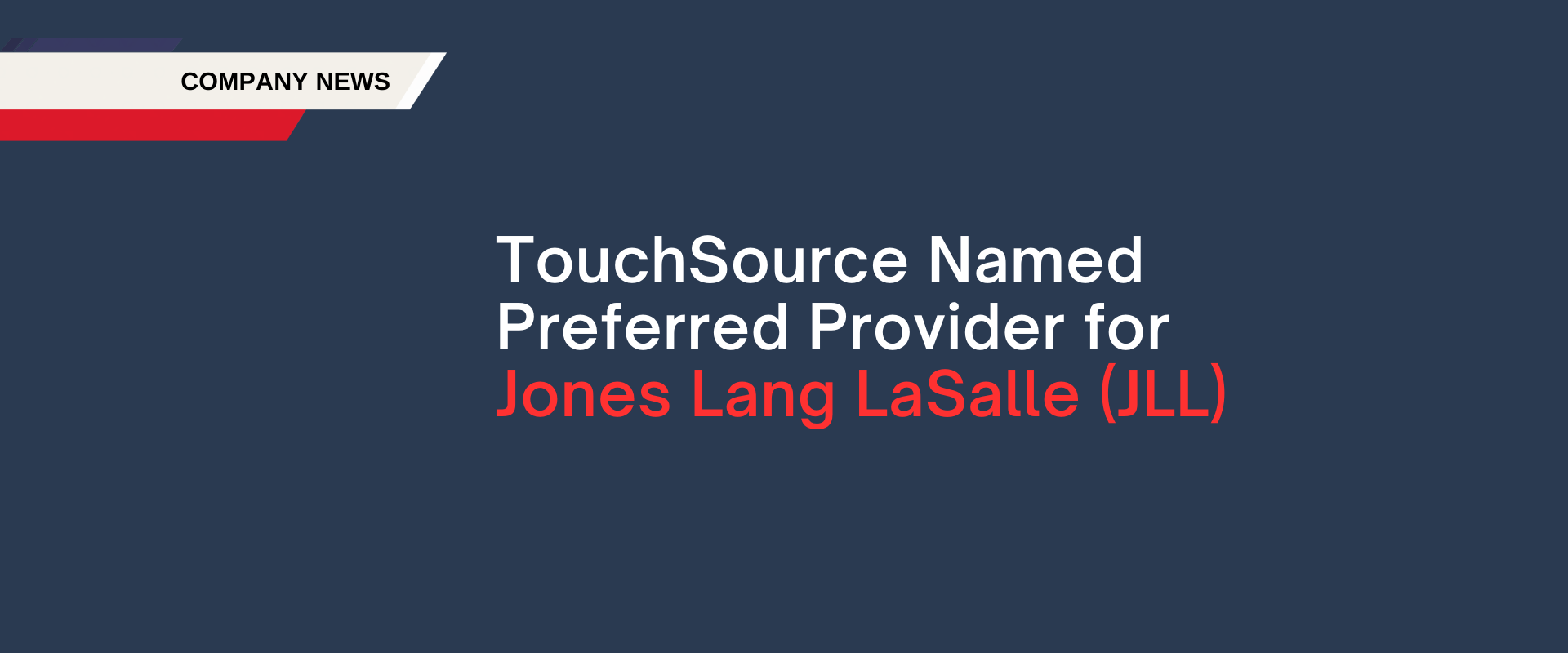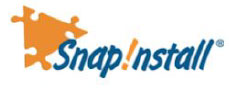Digital Communication Provides Critical Tool for CRE in Post-Coronavirus World
Good Communications Anchor Re-Opening Strategies
Commercial real estate property owners and managers that are welcoming back tenants and visitors to properties after weeks of self-quarantine face a daunting task. Not only must they play a key role in managing health & safety for building occupants, but they also need to give people a sense of confidence that it is safe to return. One of the tools that is proving to be critical to operating strategies in the post-coronavirus world is a strong communication system.
The global pandemic has created a seismic shift in behavior. Notably, it has changing how people interact with others and their expectations for experiences within the built environment, whether that is an office building, shopping mall or apartment. For example, demand for workplace perks such as gourmet coffee stations and on-site yoga studios has fallen by the wayside – at least for now. The number one priority for tenants, employees and other building visitors is the safety of that environment. Everyday routines that people used to take for granted, such as opening a door or riding an elevator are suddenly suspect. As such, commercial real estate property owners and managers are working harder to build trust and confidence with tenants and visitors.
A recent McKinsey report highlighted that one of the many damaging effects of the virus outbreak is the diminished demand for many types of space, which in turn has created an “unprecedented crisis” for the real estate industry. The McKinsey report is one of many that have pointed to how the virus has changed behavior related to how people inhabit and interact with physical spaces. The risk is that a prolonged outbreak will result in transformative and long-lasting changes in behavior that creates ripple effects on commercial real estate in terms of the amount and type of space tenants require, as well as where they choose to locate.
Shoring Up Communication Strategies
Property owners across the board have been busy preparing COVID response plans and putting new operating strategies in place. The top priorities are adopting new cleaning protocols and managing occupancy levels and traffic flows as mandated by local government agencies. The pandemic also has emphasized the importance of having consistent, accurate and “always on” communications, especially when situations change rapidly. Mixed messages and inconsistent or old information often leads to confusion, frustration and mistrust. Building operators need to engage with customers and employees on health and safety in physical spaces on an ongoing basis to provide information, updates and status changes. In its Back-to-Business Primer, Colliers International noted the need to communicate early, compellingly and as often as necessary to ensure a smooth transition and steady operations.
Communication is critical to manage fears and concerns, as well as to protect the health & safety of building occupants. People need that constant communication and reminders on stopping the spread of germs, what to do if they are sick, and what specific requirements are for occupants and visitors. Are masks required or optional? Will there be a required temperature check to enter the building? Will there be new capacity restrictions in elevators and other common area spaces? All of this is information that needs to be communicated to people through a variety of channels.
According to the McKinsey report, real estate leaders must take action now to both respond to the current and urgent COVID threat, as well as to lay the groundwork to deal with permanent changes that could linger after the crisis subsides. One direct result of the outbreak is the need to meaningfully engage with customers and employees and deepen relationships. For leading operators, that creates a need to “overcommunicate” in order to make sure ownership is ensuring that safe environment, as well as fully understanding tenant needs. This may make the practice of communicating as a company-level brand rather than property-level brand more common. As such, CEOs may join property managers in engaging directly with customers and building visitors.
The McKinsey report also noted that over the past several years, building owners have focused on key trends that include diversifying sources of revenue, pursuing digital strategies and focusing on tenant / visitor experience. The expectation is that the COVID-19 crisis will further accelerate the need to make those strategic changes in order to maintain a good competitive position in the market. Communications, and specifically digital directories and kiosks, check all of those boxes.
Growing Demand for Digital Communication
There are plenty of examples of how the COVID crisis has accelerated the use of digital technology ranging from a surge in virtual meetings to greater penetration in e-commerce, mobile-banking and tele-medicine. People across generations are embracing tech more than ever. The outbreak also is propelling the use of “smart” building systems and tech to better manage buildings and growing expectations from occupiers for a more tech-enabled experience. One of the solutions that CRE is leveraging to navigate the post-coronavirus environment is digital tech that supports better, real-time communication of information to building occupants.
For example, the response to COVID is not a one-size fits all. Each tenant may have different hours of operation and safety protocols in place for customers and other visitors – all of which needs to be communicated to building guests. One of the best resources for visitors to get information for both the building common areas and tenants is the digital building directories and signage. Directories also can be used to share public health information and updates.
What about safety? Directory information can be viewable from a distance. And owners can strategically locate multiple wellness kiosks with hand sanitizing and temperature sensors along with digital displays throughout a property to help maintain visitor safety.
Innovation—From a Wellness Kiosks to Contactless Yet Interactive Directories
As a recognized industry leader in providing smart digital displays and innovative solutions, TouchSource took another important step recently. We expanded on our contactless options with a Contactless Suite of solutions that includes a new mobile-enabled interactive directory. The fully interactive digital signage applications allow visitors to scan QR codes from digital displays to get directions that can be sent direct to their mobile phones. Unlike generic use of QR codes to point at a static document, TouchSource’s innovative application allows full, interactive access to directory, marketing, and leasing content on their device. So, buildings can deliver highly visual, digital information that keeps pace with rapid messaging changes in any location at a safe distance and without having to touch the screen.
Digital communications systems also are a cost-efficient tool that property owners and managers can use to both relay critical information and strengthen relationships with building occupants. In addition, building owners and tenants are finding new, versatile ways to use digital signage that is further entrenching digital signage as a key part of communication systems in the post-coronavirus world. For example, there are growing applications for smaller digital signage displays that can be strategically located to provide additional information and safety at key points within a building, such as providing information on safety guidelines, current occupancy limits or sign-in practices for building amenities such as a conference room or gym.
The table stakes for property owners are huge. The risk for those buildings that can’t provide a strong sense of safety and confidence is that people won’t return to the workplace. If that happens, space needs will shrink, or a building will lose tenants to competitors that can deliver a safer experience through contactless interactive digital signage.

